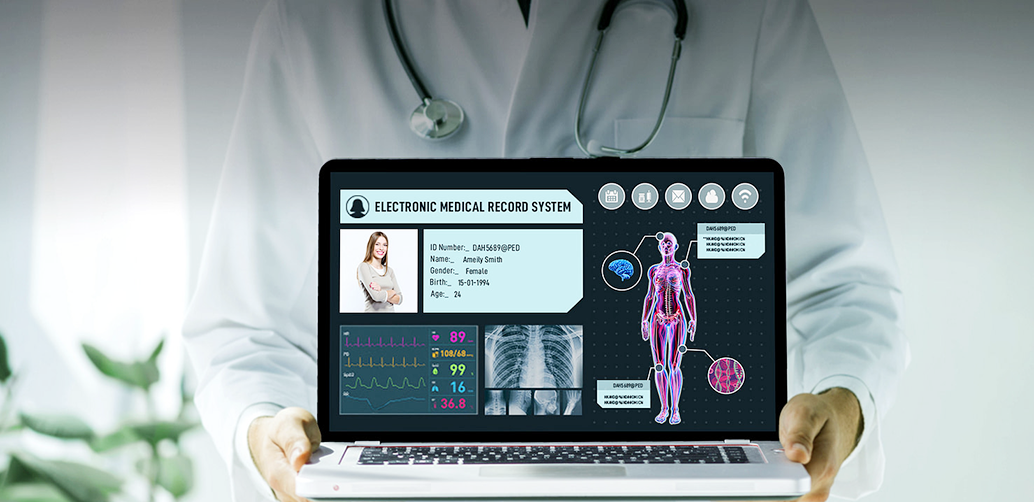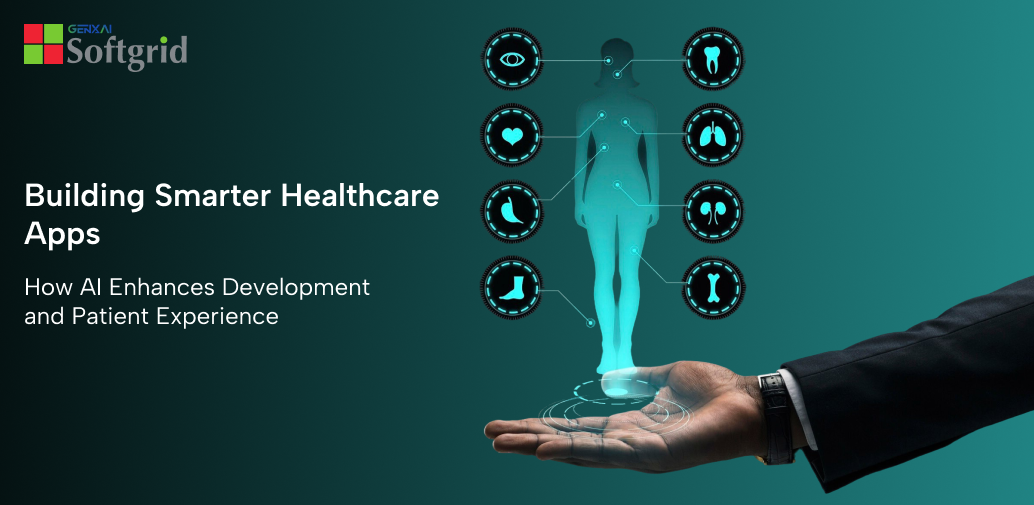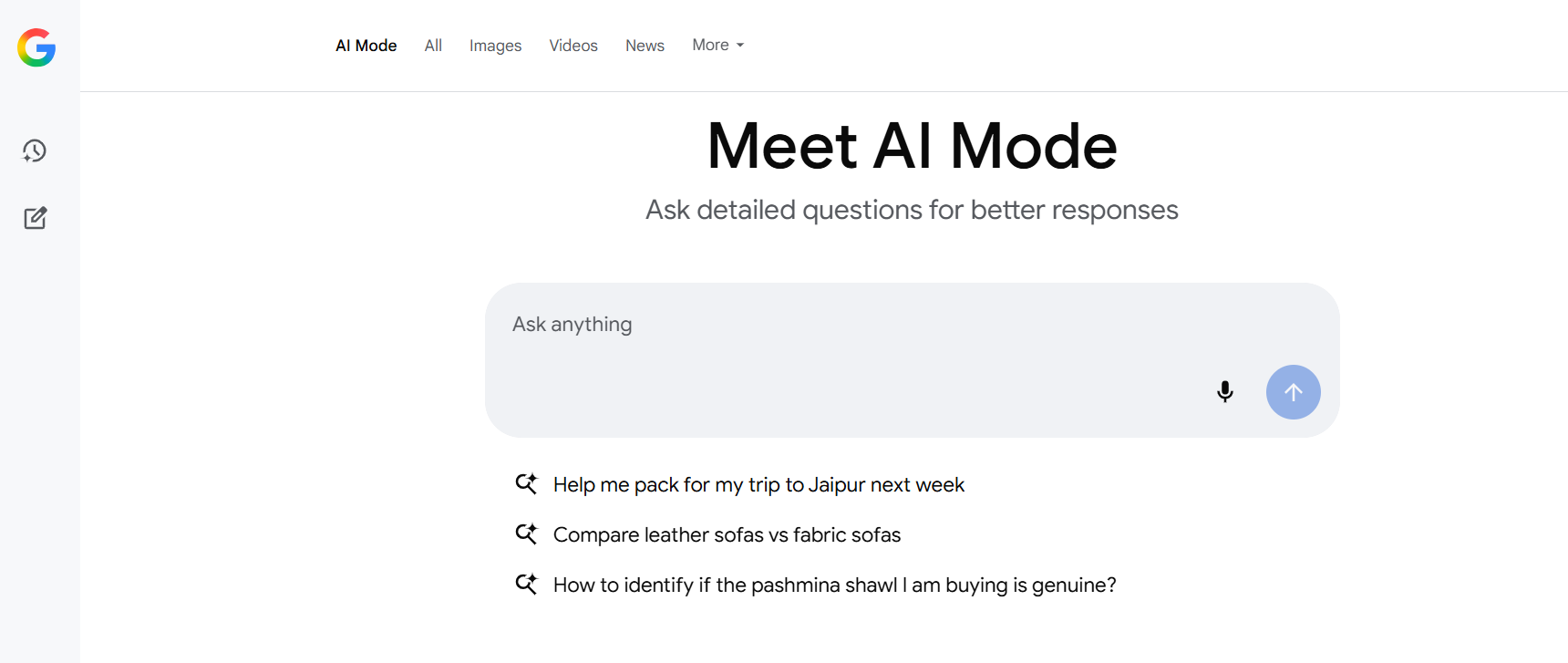As healthcare is transitioning to the online medium, securely exchanging information has become its most integral component. Seamlessly transferring data is a top-most of concern of vendors, providers, and developers.
To solve this problem, Fast Healthcare Interoperability Resource, also known as FHIR, has become a unanimous choice. Capable of joining systems together and promoting interoperability and healthcare data exchange, this approach-based application looks quite promising for the future ahead.
But what exactly is this approach and how will it help the healthcare industry? Look at the breakdown of everything you need to know.
What is FHIR?
Fast Healthcare Interoperability Resource or FHIR is the brainchild of HL7 International. As a draft data standard, it’s developed on the new age internet-based approach to connect various elements.
Explaining FHIR, the HL7 website reads- “The philosophy behind FHIR is to build a base set of resources that, either by themselves or when combined, satisfy the majority of common use cases. FHIR resources aiming to define the information contents and the structure for the core information set that is shared by most of the implementations.”
The primary objective of FHIR is to elevate the interoperability standards by aiming at better system integration. This is done for easy and manageable data transference using Application Programming Interfaces (APIs).
What is the Aim of FHIR?
The approach to developing FHIR was to design a framework that can readily adapt to resources and get interpreted by systems. This was important so that any application can easily sync itself with FHIR, whether it be cloud, EHR-based data sharing, mobile phones, and so on.
The motive was to have a framework that is operational in every application possible.
What is the Basis of FHIR Built Structure?
Predominantly, FHIR built structure comprises of two components-
· Interoperability units have been used as building blocks for structuring FHIR. These make it possible to amend issues in areas like clinical aspect, infrastructural or administrative area in a healthcare domain.
· Additionally, it provides software for numerous purposes. These include softwares for patients, healthcare providers, health devices, medication, diagnostic parameters, etc.
Why is FHIR Indispensable to the Healthcare Industry, Especially EMR/EHR?
One of the major technological challenges that the healthcare industry faced for the longest time was inability to exchange data securely. This includes hospital records, patient medical records, and anything that required integration of systems. However, in 2014, FHIR was launched. This assisted in building applications for Electronic Health Records (EHR) and Electronic Medical Records (EMR). This paved way for sharing, accessing, and retrieving patients’ data faster and better.
Beginning under the tag of an experiment for HL7, FHIR soon acquired reputable status amongst EHR vendors. It could easily cater to market demands in real time and that became a reason for the success of FHIR.
What is the Usefulness of FHIR?
FHIR believes in standardization of data syncing and exchanging, which pertains to the healthcare sector. This way any provider or supplier can access patient’s data irrespective of the system they are using. When using FHIR, every resource is identified by a unique identifier that enables smooth data accessing across applications and devices.
With the usage of standard URLs, FHIR keeps at bay the process of individually sharing documents. In spite of that fact, accuracy and security of the data is maintained. Here is how FHIR can benefit the healthcare domain-
· Elevated Data Management System- FHIR resolves the predominant issue of healthcare institutions, which is managing huge amounts of data and retrieving them in need. Data available with FHIR is accurate as it gathers everything in real-time. It fetches data in different formats from wearables, records, surveys, etc. from varying sources.
· Better Clinical Treatments- As the EMR and patient-data gets easily accessible by clinical researchers, patient experience in the medical industry is bettered. This data is used for research and analysis to build a solid scientific backing in the medical domain.
Another benefit related with the implementation of FHIR is that it uses REST web services. As it can be readily implemented with open source technologies, the cost of implementation is considerably lowered.
· Centres on Patients- Patients are a vital part of the healthcare loop. To strengthen their trust in the system, the information is shared with them to make them feel empowered. Additionally, implementing and integrating it across devices helps patients track their records first hand.
· Automated Process for Data Structuring- Creating an automated system for data structuring is essential to offer support to professionals in the healthcare industry. Since data can be shared between providers and patients, it helps establish a system of care management, patient experience, cost-effectiveness, and coordination and cooperation.
In Essence
Since the establishment of FHIR, the healthcare sector has seen a considerable boom in terms of technology. It has provided standardization for sharing and retrieving data. This information is accessible not only to patients but also providers and suppliers, which elevates the medical industry in the technical front. At SoftGrid Computers we aim at developing softwares that comply with modern policies and imperative compliances. Contact us for more details and case studies of healthcare development!

 Web and Full Stack
Web and Full Stack CMS and Frameworks
CMS and Frameworks Online Marketing
Online Marketing Cloud Services
Cloud Services ECommerce
ECommerce Mobile
Mobile



